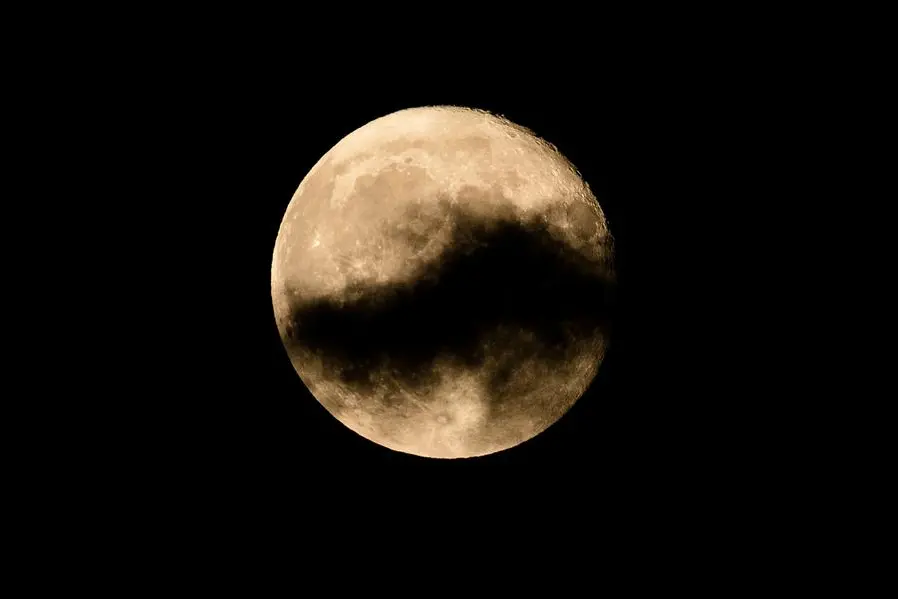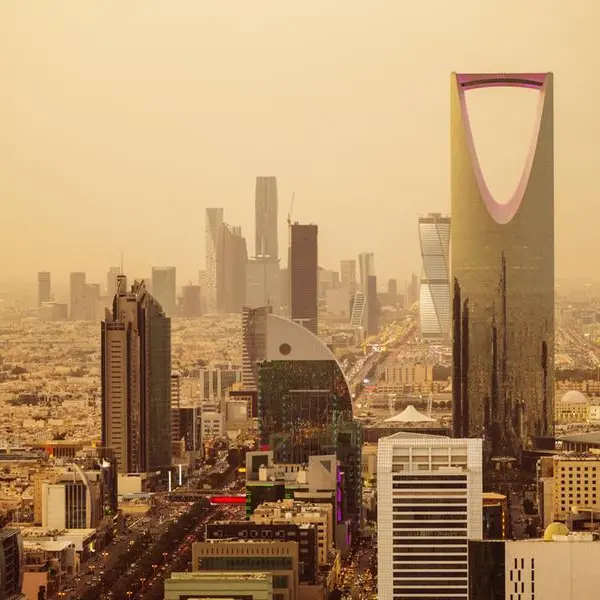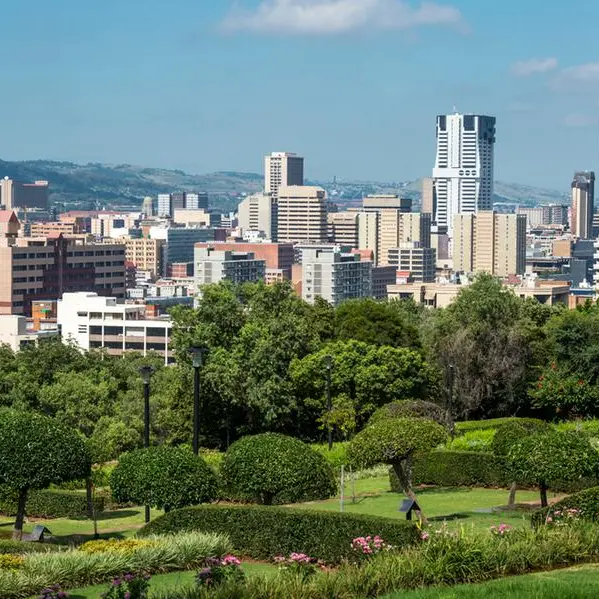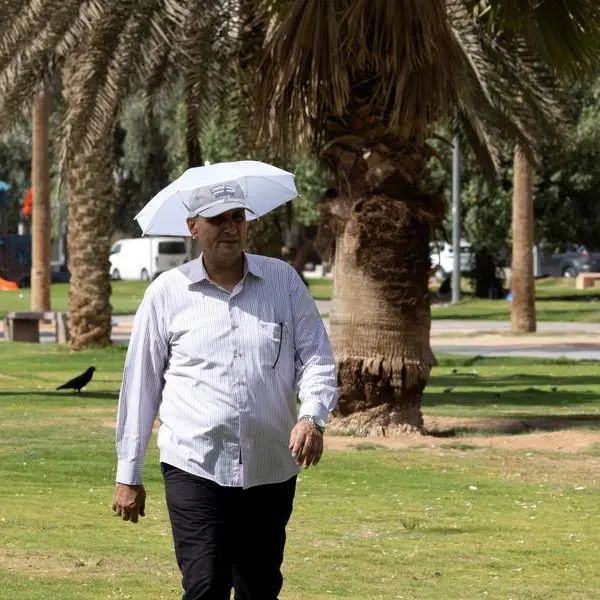PHOTO
TURIN, ITALY - AUGUST 02: Clouds pass by Sturgeon Super Moon as seen on August 2, 2023 in Turin, Italy. (Photo by Stefano Guidi/Getty Images) Image used for illustrative purpose.
The year 2023's brightest and biggest supermoon will rise as a Blue Moon at the end of this month. The extremely rare celestial event - a true once in a blue moon occurrence - will light up the night sky on August 31.
A Blue Moon is when two full Moons are seen from Earth in the same calendar month. A supermoon is when the Moon is at its closest point to Earth. Residents in the UAE will get a chance to witness a combination of the two celestial spectacles that's called a Super Blue Moon.
This will be the second supermoon in August 2023. The first one occurred on August 1.
How rare is this event?
According to Nasa, a supermoon occurs approximately three to four times a year. “About 25 per cent of all full Moons are supermoons, but only 3 per cent of full Moons are Blue Moons,” Nasa says on its website.
The time between Super Blue Moons can vary considerably. It could go up to 20 years, but usually they occur every 10 years on average. The next super blue Moon will occur in a pair, in January and March 2037, Nasa says.
Where to watch it?
The Moon will appear bright and big no matter where you are. However, if you own a telescope, you might want to head out into the desert where it is darker to get a better view. If you want a guided tour, paid events are available across the UAE. For instance, the Dubai Astronomy Group is hosting a Blue Moon observation event at the Al Thuraya Astronomy Centre. Ticket prices start at Dh60 for adults.
What is a supermoon?
When the Moon travels around our planet in an elliptical orbit, there is a point where it will be closest to the Earth. This point is called the perigee. When the Moon reaches this point and if it is full, it appears extra-large from Earth.
What is a Blue Moon?
The Moon's cycle is 29.5 days- just a little shorter than a month. This gap adds up over the course of two or three years until there are two full moons during the same month. “Contrary to its name, the Moon does not actually turn blue,” according to the DAG.
Nasa adds that on rare occasions, tiny particles in the air ― typically of smoke or dust ― "can scatter away red wavelengths of light, causing the Moon to appear blue".
Copyright © 2022 Khaleej Times. All Rights Reserved. Provided by SyndiGate Media Inc. (Syndigate.info).





















